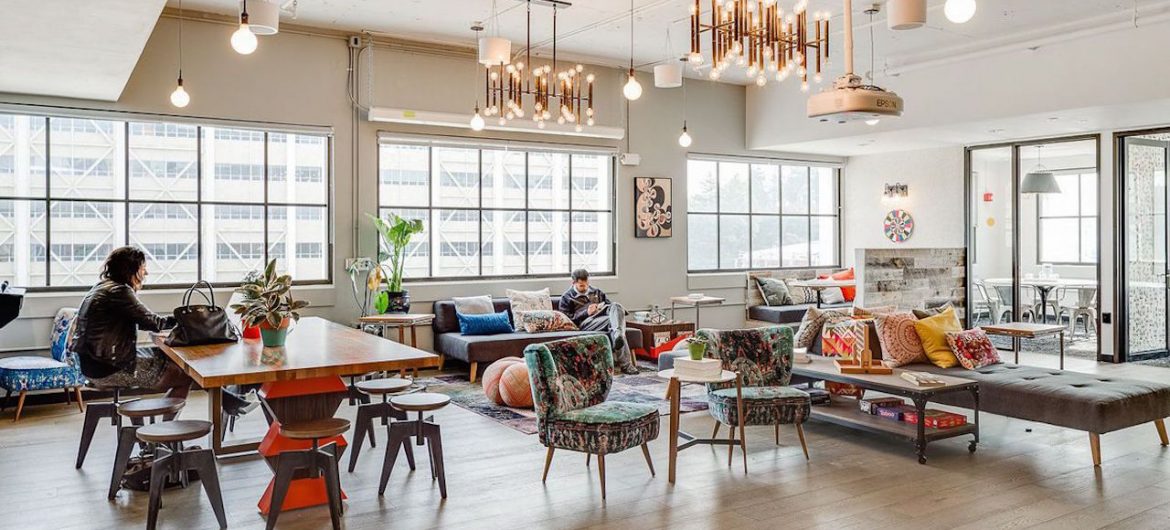Co-living has attained serious momentum throughout the past several years, with reports indicating that there will be 10,000 units in the United States in the near future. The trend in habitation has also blossomed in the rest of the world, with Entrepreneur reporting that the co-living market in India is expected to cross $22 billion by 2022.
The question remains, then, as to the reasoning behind the increased interest in the co-living sector. By most accounts, millennials are driving this trend, thanks to two driving factors, economic concerns and sociological patterns.
On the question of economics, wages have lagged for the millennial generation, while median rents have increased by more than 60 percent since the 1960s, adjusted for inflation, according to ApartmentList. To that end, co-living arrangements are cheaper in terms of absolute dollars and offer much more flexibility than what is typically found in standard leases.
“From an economic standpoint, you’re dealing with a demo that has come of age in a job market with largely flat wage growth,” Jeff Berman, general partner at real estate technology venture capital firm Camber Creek, explained to Forbes. “Meanwhile, for a variety of reasons – like zoning restrictions – housing in many popular cities is very expensive.”
David Martin, with real estate services firm JLL, agrees that economics has played a major role in the rise of co-living.
“The co-living trend is absolutely tied to affordability in major markets,” he said. “We see rapid growth in cities that are economically prosperous, particularly gateway and unaffordable markets. There’s a change in the ideology of residents there.”
On the sociological end, three-quarters of Americans prioritize experiences over products, according to a study published by Luxury Travel Adviser, with millennials leading that charge. Co-living embodies this trend, offering opportunities to engage in unique social circumstances.
“From a sociological perspective, Millennials are famous for prioritizing convenience and flexibility,” Berman said. “Every person wants to feel like they are part of a community, but only Millennials want that community created for them, on demand, instantaneously and with no long-term commitment. Co-living is the perfect solution.”
There is also the matter of convenience. Co-living spaces usually offer renters fully furnished rooms and large kitchens and common areas. The entire process is typically streamlined, via tech-forward apps. Maintenance is also handled by the provider, eliminating annoyances such as waiting around for a repairman to arrive.
Finally, there is an emotional component to the rise of co-living situations. Social isolation is on the rise, with more than one fifth of Americans saying they always feel some degree of loneliness, according to a study published by non-profit Kaiser Family Foundation. This stat increases when you consider Americans aged 18 to 49, with half of those surveyed saying they often or always feel lonely.
The built-in community aspects of co-living buildings offer a buffer against social isolation and loneliness, as meet-and-greet events, large common areas and social outings are ingrained into the fabric of life.
“Funnily enough, co-living is intriguing because it is not a new concept,’’ said Taylor Cain, director of Boston’s Housing Innovation Lab. “From boarding houses, intentional communities, and single-room occupancy units, people have been living and sharing resources together for decades.’’
Since 2015, investors have poured more than $3.2 billion into co-living projects, and all signs point to this figure increasing in the coming years, thanks to the indicators mentioned above.
“This is truly a consolidated market for investment grade product,” said JLL analyst Shawn Lambert. “Investors are beginning to see co-living as a tested niche sub-sector, comparable to student housing.”
photo credit: common





